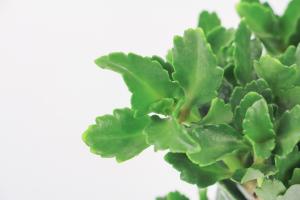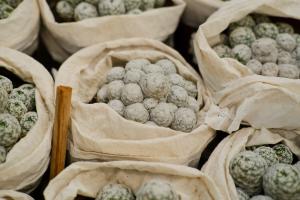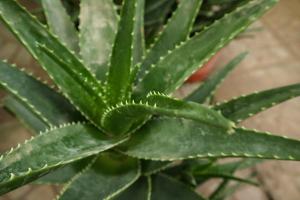Introduction
Indoor plants are a great way to add a touch of nature to your home or office space. However, caring for these plants requires some effort, including knowing how often to water them. Watering indoor plants is a delicate balance between keeping them hydrated and not over-watering them.
Factors Affecting Watering Frequency
The frequency of watering indoor plants depends on various factors, including the type of plant, the size of the plant, the pot it's in, and the environmental conditions. Different plants have different watering needs, and understanding these needs is crucial for their survival. Large plants in small pots need to be watered more frequently than small plants in large pots, as the soil in small pots tends to dry out faster. The temperature, humidity level, and airflow in the room where the plants are located also affect their watering needs.
Signs Your Indoor Plants Need Water
One of the most common mistakes people make when watering indoor plants is over-watering them. Over-watering can cause root rot, leading to the death of the plant. Signs your indoor plants need water include visibly wilted or dry leaves, soil that is dry to the touch, or a pot that feels light when lifted. However, it's important not to wait for these signs to water your plants, as they may already be too dehydrated by that point. Instead, establish a watering schedule that works for each plant.
Establishing a Watering Schedule
Establishing a watering schedule for your indoor plants is crucial to their survival. A good rule of thumb is to water your plants every one to two weeks, but again, this depends on the plant's specific needs. Plants that require more water, such as ferns, may need to be watered more frequently, while plants that require less water or go through a dormant phase, such as cacti, may need to be watered less frequently. It's important to research each plant's watering needs before establishing a watering schedule.
Watering Techniques
Watering indoor plants also requires using the right watering techniques. Instead of pouring water directly onto the plant's leaves, which can cause damage and promote disease, water the soil around the plant instead. The water should be room temperature and should never be directly from the tap, as tap water can contain harmful chemicals that can damage the plant. Instead, let the water sit for a day or two in a watering can or pitcher to allow the chlorine and other chemicals to dissipate.
Conclusion
Watering indoor plants may seem like a simple task, but it requires some knowledge and care. Knowing how often to water your plants, understanding their specific watering needs, and using the right watering techniques are crucial to their survival. With these tips, you can create a healthy, thriving indoor plant collection that will add beauty and life to any space.

 how many times do yo...
how many times do yo... how many planted tre...
how many planted tre... how many pine trees ...
how many pine trees ... how many pecan trees...
how many pecan trees... how many plants comp...
how many plants comp... how many plants can ...
how many plants can ... how many plants and ...
how many plants and ... how many pepper plan...
how many pepper plan...
































